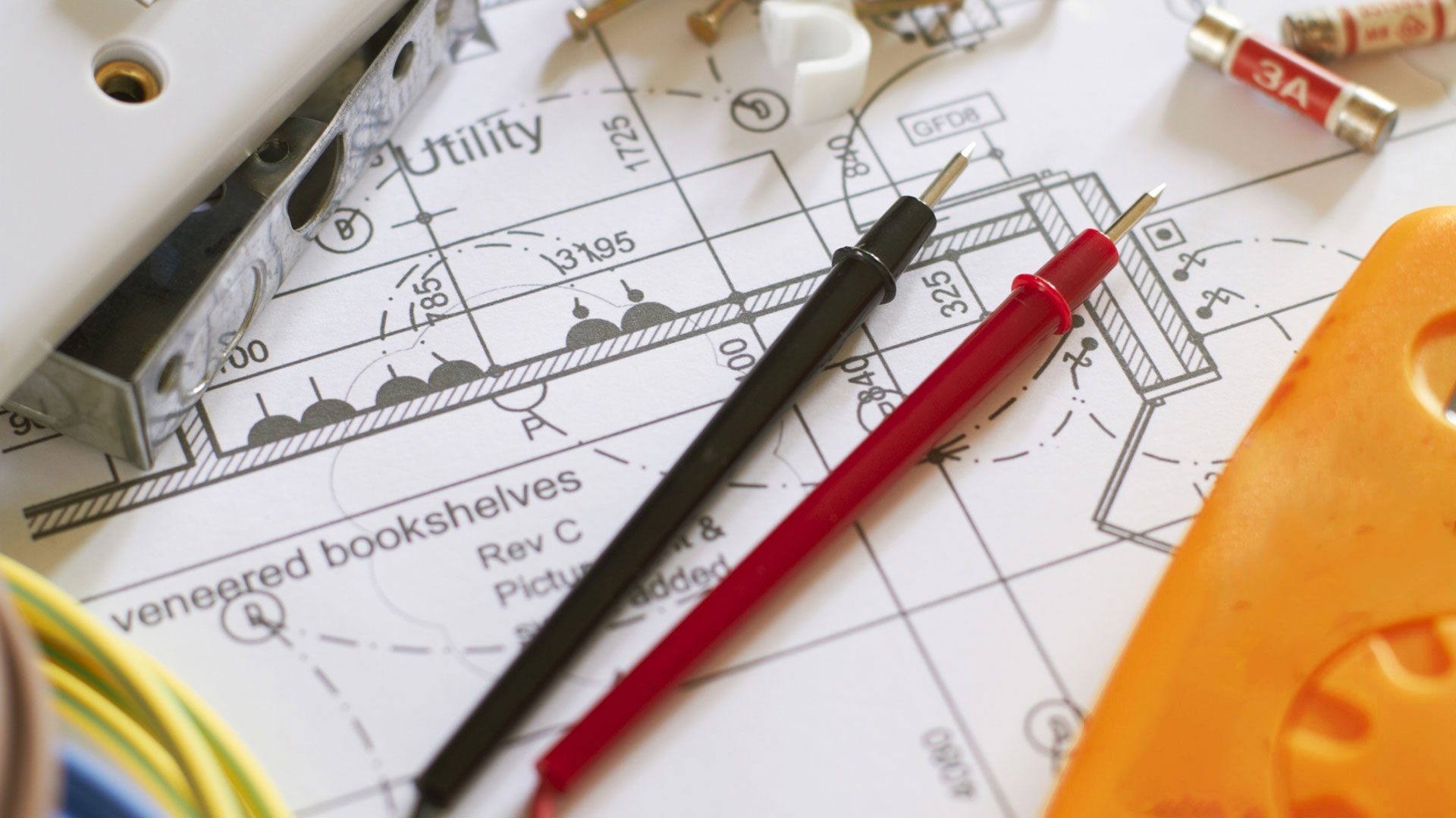Navigating Construction Precision: The Crucial Role of Shop Drawings

Introduction:
In the intricate landscape of construction projects, precision is key. Shop drawings, often hailed as the unsung heroes of construction, play a pivotal role in translating design intent into tangible structures. This comprehensive guide explores the significance of shop drawings, their role in the construction process, and best practices for creating and managing them.
Understanding Shop Drawings:
-
Definition and Purpose: Shop drawings are detailed illustrations, diagrams, or schematics created by contractors, subcontractors, or fabricators. They provide a visual representation of how various components and materials will be fabricated, installed, and integrated into the overall construction project.
-
Bridge Between Design and Construction: Shop drawings act as a bridge between the architect's design and the actual construction. They help ensure that the design intent is accurately translated into tangible elements while considering the practical aspects of fabrication and installation.
Components of Shop Drawings:
-
Architectural Components:
- Structural Elements: Detailing the structural components, including beams, columns, and connections, ensures that the construction aligns with the structural engineer's specifications.
- Exterior Finishes: Illustrating exterior finishes, such as cladding and roofing materials, helps maintain the aesthetic and functional aspects of the design.
-
Mechanical, Electrical, and Plumbing (MEP) Systems:
- HVAC Systems: Detailing ductwork, equipment placement, and control systems ensure efficient heating, ventilation, and air conditioning.
- Plumbing and Electrical: Shop drawings for plumbing and electrical systems provide a roadmap for precise installation, preventing conflicts and ensuring compliance with building codes.
-
Custom Fabrications:
- Specialized Components: Custom-fabricated items, like ornamental metalwork or bespoke furniture, require detailed shop drawings to guide the fabrication process.
Best Practices for Shop Drawings:
-
Early Collaboration: Initiate collaboration between architects, engineers, and contractors during the design phase. Early involvement helps identify potential issues, ensuring that shop drawings align with the project's overall goals.
-
Clear Communication: Maintain open lines of communication between all stakeholders. Clearly define responsibilities, expectations, and timelines to avoid misunderstandings that could lead to delays or errors.
-
Detailed and Accurate Information: Ensure that shop drawings contain detailed and accurate information. This includes dimensions, material specifications, installation methods, and any other critical details relevant to the construction process.
-
Regular Reviews: Implement a systematic review process involving all relevant parties. Regular reviews help catch discrepancies early, reducing the likelihood of costly rework during the construction phase.
-
Digital Tools and Technology: Embrace digital tools and technologies for creating, sharing, and managing shop drawings. Building Information Modeling (BIM) and other collaborative platforms enhance efficiency and accuracy.
-
Adherence to Standards and Codes: Shop drawings must comply with industry standards, local building codes, and any specific requirements outlined in the project specifications. Non-compliance can lead to delays and additional costs.
Benefits of Effective Shop Drawings:
-
Risk Mitigation: Well-prepared shop drawings identify potential issues before construction begins, reducing the risk of errors, clashes, and rework during the construction phase.
-
Cost and Time Savings: Accurate shop drawings streamline the construction process, minimizing delays and reducing the need for costly revisions. This leads to significant time and cost savings.
-
Improved Communication: Shop drawings serve as a visual communication tool, facilitating a better understanding of the project's intricacies among all stakeholders.
Conclusion:
American Revolution Jokes In the intricate dance of construction, shop drawings emerge as the choreographers, guiding each step with precision and clarity. Recognizing their importance and adopting best practices in creating and managing shop drawings ensures that the final performance—the completed construction project—is a harmonious masterpiece, free from missteps and discord. As the construction industry evolves, the role of shop drawings remains indispensable, contributing to the seamless translation of design dreams into tangible structures.
- Industry
- Art
- Causes
- Crafts
- Dance
- Drinks
- Film
- Fitness
- Food
- الألعاب
- Gardening
- Health
- الرئيسية
- Literature
- Music
- Networking
- أخرى
- Party
- Religion
- Shopping
- Sports
- Theater
- Wellness
- News


